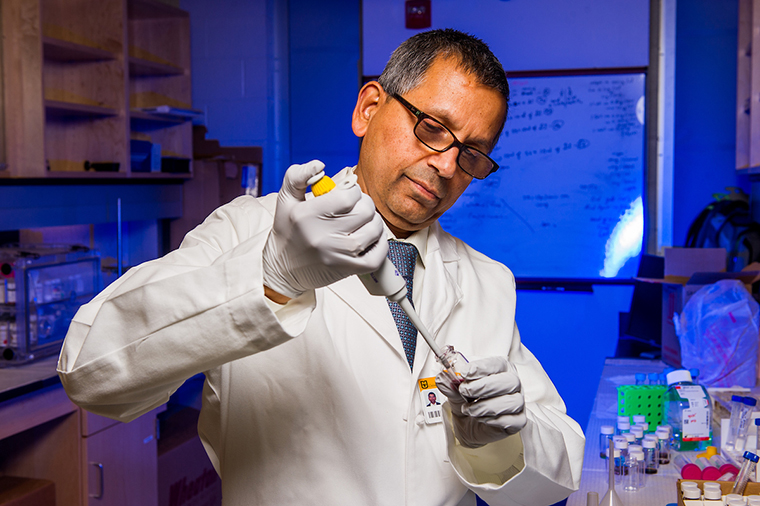Harnessing Nanomedicine to Combat Hepatic Fibrosis

Hepatic fibrosis is an abnormal wound-healing response triggered by chronic liver diseases, including non-alcoholic fatty liver disease, viral or alcoholic hepatitis , and Wilson’s disease. The response is characterized by excessive synthesis and deposition of extracellular matrix (ECM) components, which can further trigger the development of liver cirrhosis, liver failure, or liver cance r. Hepatic stellate cells (HSCs) account for 13% of total liver cells. These cells are activated and transformed into myofibroblasts in response to liver injury. Activation of these cells is a major hallmark of hepatic fibrosis. Many therapeutic approaches are emerging to inhibit the development of hepatic fibrosis . These approaches include anti-inflammatory and hepato-protective strategies, inhibition of hepatic stellate cell (HSC) activation and proliferation, inhibition of ECM synthesis and induction of ECM degradation, and gene therapy. Despite promising outcomes in preclinical trials, m...








